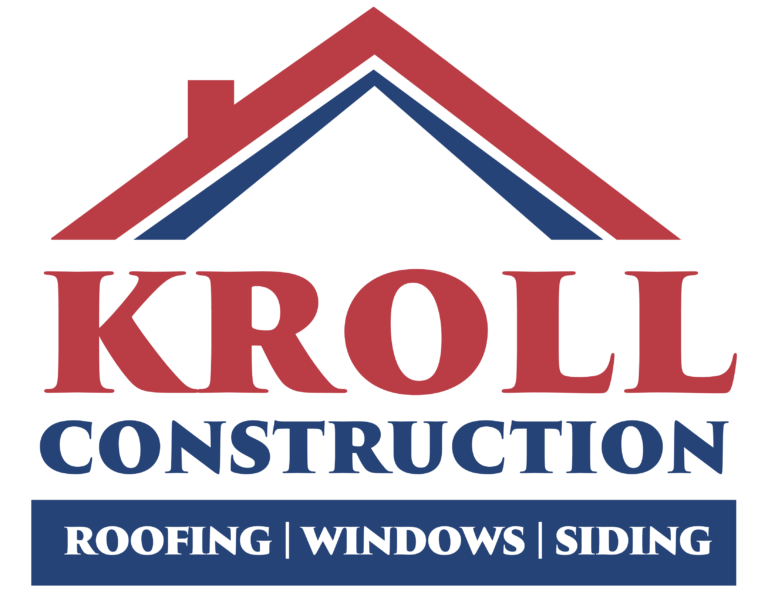Part 3 – A Beginner's Guide to Common Types of Roofs

Wood, Slate, and Other Types of Specialty Roofing
The following types of specialty roofing may not be as popular as they were before, but they’re still right up there with flat and shingle roofs in terms of performance.
Wood
Wood is one of the earliest roofing materials used by man. Thousands of years later, homes with wooden roofs are still a familiar sight. Wood roofs are either composed of shakes and shingles, which look similar at first glance. Wooden shakes are basically split wood roughly cut into similar sizes, while shingles can be composed of multiple layers of wood. Wood roofs typically last 25-30 years, but are vulnerable to termite damage unlike other types of roof.
Brick Tile
Brick tiled roofs are one of the most impressive looking roofs in the neighborhood because of their contoured profile and rustic colors. Brick roofs are also stacked next to each other like shingles, but individual pieces are thicker and heavier. Brick roofs can easily outlast most other types of roofing (around 70-80 years), but the weight and cost of installation makes shingle and flat roofs a more attractive option for homeowners with limited budget.
Concrete
Concrete roofs share many similarities with brick tile, but it is much more versatile. Concrete roofs can consist of either multiple concrete tiles or a single continuous slab (which makes it another possible material for making flat roofs). However, installing a concrete roof should be done carefully, since it’s more likely to develop cracks over time compared to brick.
Slate
Widely considered as one of the most expensive type of roofing, slate roofs make up for their high installation cost with an impressive lifespan, excellent durability, and elegant looks. Slate roofs, which are basically split shale fragments, can last for up to a hundred years or maybe even more. Installing a slate roof can be quite a challenge because they are heavier than even brick roofing. This is why slate roofs with steep slopes must be installed with reinforced roof frames to handle all the weight. Fortunately, slate roofs require almost no maintenance at all, since slate doesn’t fade, rust, rot, or even crack.
Because each type of roof has its own unique strengths and weaknesses, there’s no such thing as the absolute best roof. Ultimately, your choice will depend on your current budget, the current state of your home, local climate, and your personal preferences.

